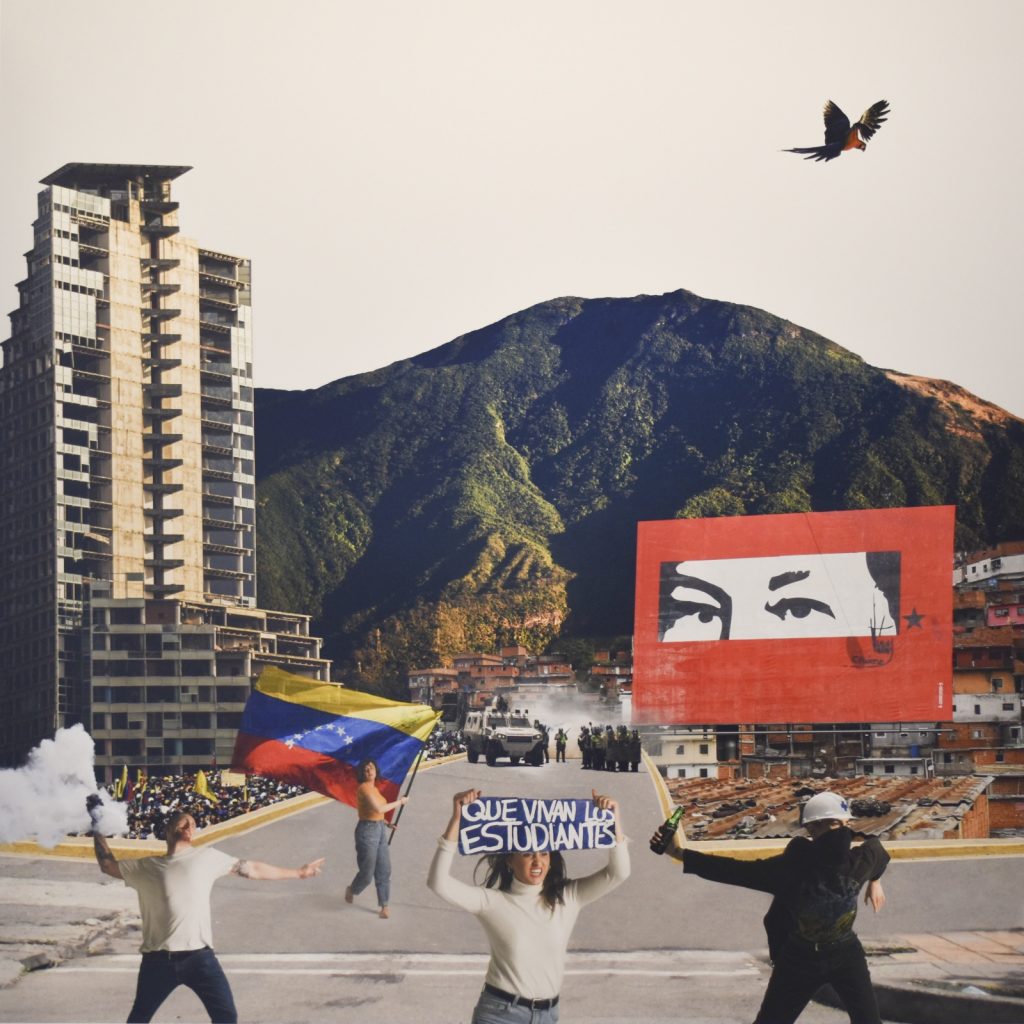
“Hometactics,” according to Latina philosopher Mariana Ortega, is a notion of everyday praxis as a way to feel comfortable in unwelcoming worlds, all the while remaining aware of the oppressive nature of dominant norms in those worlds. The contradiction of finding comfort in a hostile environment can be observed in Memorial: Work by Venezuelan Diaspora Artists. The group exhibition, shown at the Khyber Centre for the Arts, featured the work of Ana Luisa Bernárdez Notz, denirée isabel, Sebastián Rodríguez y Vasti, Alejandro Rizzo, Cecilia Salcedo, and Camila Salcedo. The exhibition served as a platform for Venezuelan artists to document, archive, and
recreate their experiences of living with unfixed diasporic identities, understanding the resulting artworks as extensions of their displaced selves.
denirée isabel confronts the audience with the private-home in a los extraños que amo profundamente where the artist presents a love letter to people she has never met. Meanwhile, in Realidades Fabricadas, Alejandro Rizzo Nervo makes an interpretation of the public-home as a concern for an uncertain future that incorporates a personal recollection of events. And finally, how Camila Salcedo’s Realidades Alternativas (Santa Paula, El Cafetal, Caurimare, Caracas) encompasses both aspects, private-home/public-home, by piecing together the places from her childhood using Google Street View, a service banned by the Venezuelan government.
The multiplicitous self, which is constantly negotiating their multiple social locations, applies homestactics to their relationship with the public-home and the private-home. The public-home is a way to refer to the public spaces and events in the homeland and can be framed by what the curator refers to as “News/Crisis” in the curatorial statement: there is a scarcity of news coming from Venezuela as a result of censorship laws and power outages, which creates a barrier between the artists and their home country. However, the private-home, as a counterpart, is the collection of family pictures and stories that the artist kept after migrating. This concept of private-home can be found in what the curator categorizes as grandparents/family histories, which focuses on family memories and intergenerational trauma.
a los extraños que amo profundamente by denirée isabel is composed of multiple textile pieces that were placed inside the gallery’s window display. The weavings were hung from the ceiling, juxtaposing delicate panels reminiscent of windows and large-scale portraits of the artist’s grandparents who, unlike the artist, still live in Venezuela. This self-mapping locates the artist embedded in the specific history of Venezuela’s immigration crisis, a history where sometimes leaving the homeland means never returning. The work seems to be a place of offering, a make-believe altar that appeals to the viewer’s sense of grief. Praxis is evident in the private-home when a part of the artist’s personal archive is longing for something familiar.
Alejandro Rizzo Nervo presents us with two photographs from the series Realidades Fabricadas. The scale of the images used in the photo collages lends a cartoonish quality to both pieces while also maintaining a serious political tone. One of the photos shows three people printing money. Bills are stacked on the floor and current Venezuelan president Nicolás Maduro can be seen on a nearby screen giving directions. The second image shows four protesters in the foreground (holding banners, throwing tear gas, displaying the Venezuelan flag), while a group of policemen can be seen behind them next to a billboard of Chavez’s eyes covering what appears to be a slum. The use of such cartoonish composition of images can be understood as a tactic to soften the seriousness of hardship, making it manageable for an inexperienced audience. The public-home appears in this work as a criticism to the process of inflation and its consequences.
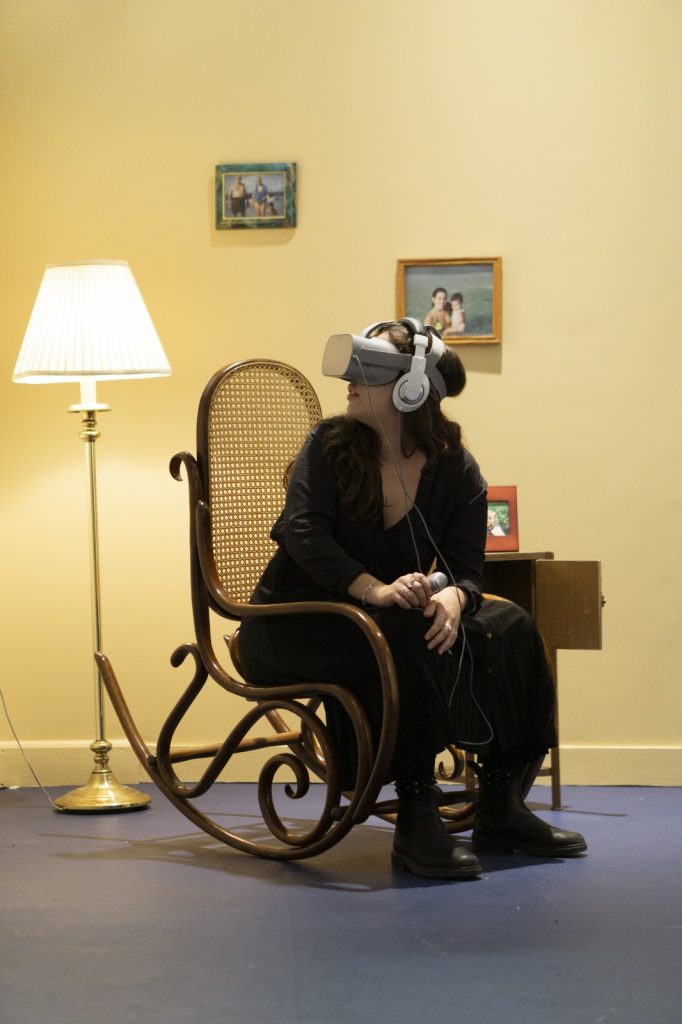
VR video and installation. Photograph by Veronica Gutierrez
Realidades Alternativas (Santa Paula, El Cafetal, Caurimare, Caracas) by Camila Salcedo gives the feeling of scouring endlessly for a memory you cannot find. Salcedo pairs found footage, satellite photos, and images from Google 360° to create a video collage that attempts to piece together the neighborhood she grew up in. Looking for the private-home in an inaccessible public-home is a way in which the multiplicitous self-negotiates its diasporic state. In this way, it can find its reflection in location, while longing for places that have changed and maybe don’t exist anymore.
As is stated by the title, the exhibition showcases not just the work of artists but specifically that of Venezuelan diaspora artists. The curator claims that “the work intends to be non-partisan, without siding with any specific political party or political affiliation in the context of current Venezuelan politics.” For a show that presents highly political work, it seems contradictory to claim impartiality. The show falls in the trap of being in a barred room—it wants to create a sense of community by claiming impartiality, although it risks excluding other Venezuelan people that cannot remain impartial. Even when the themes are divided into categories (grandparents, family histories, news/crisis), the most evident one is overlooked: the politics. Hometactics pushes the artist to make this work to negotiate their state of living between worlds; it also unexpectedly reminds us that, sometimes, home has an inextricable link to the political.

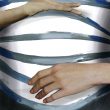
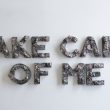
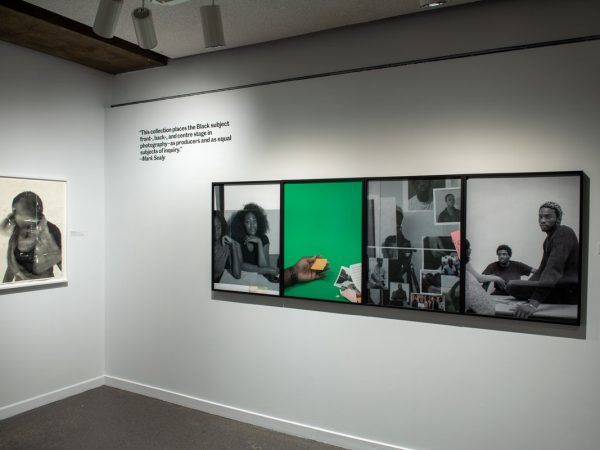
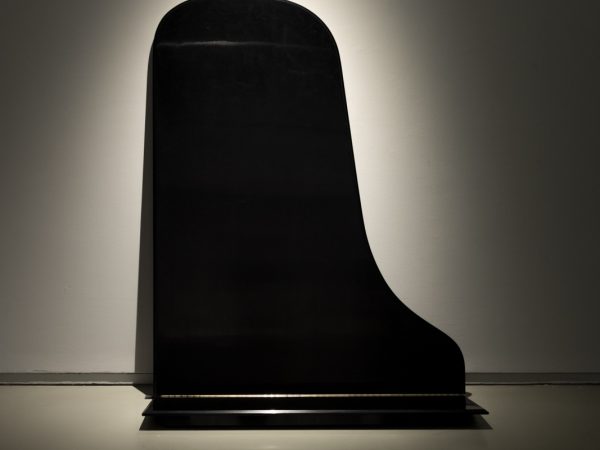
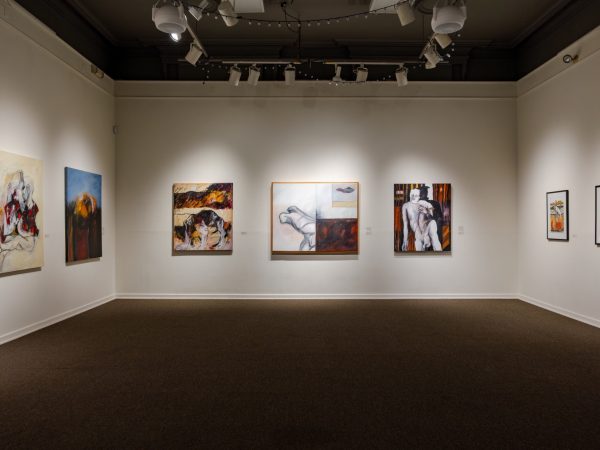
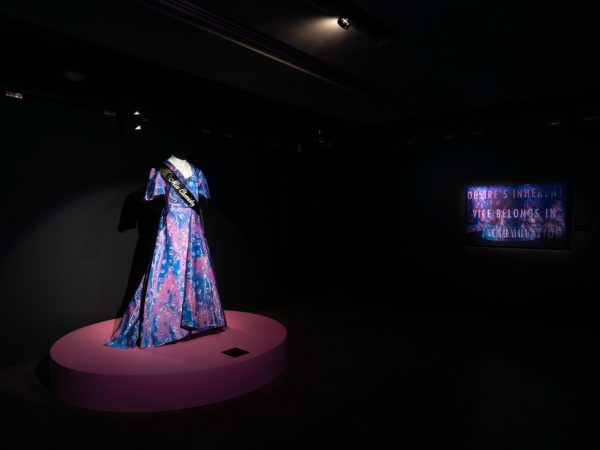
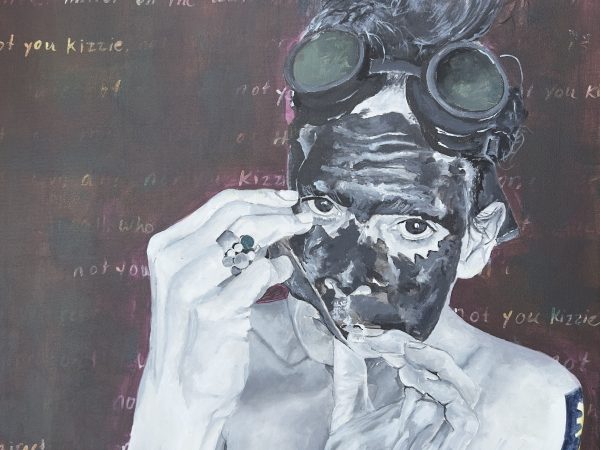
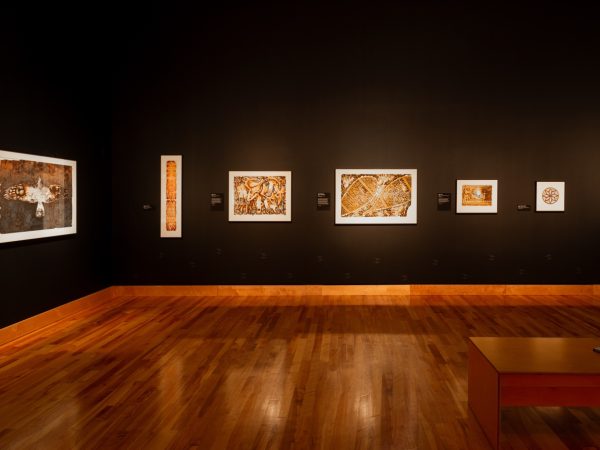
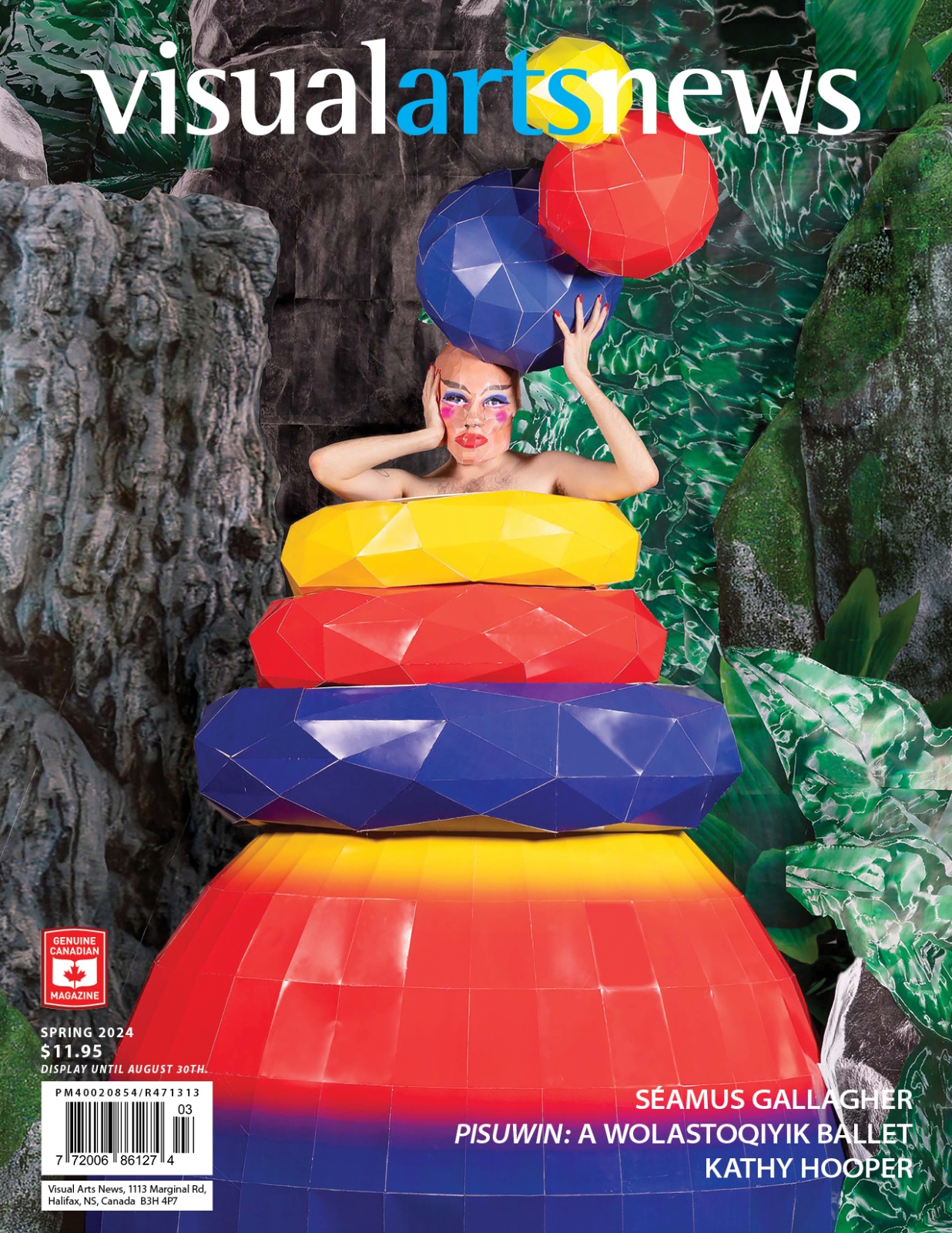

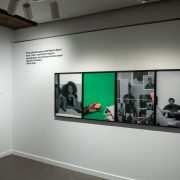
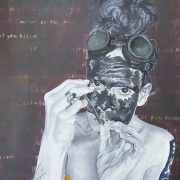
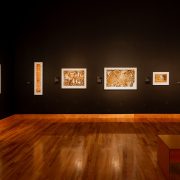
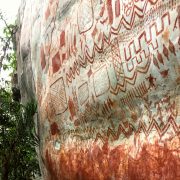
Leave a Reply